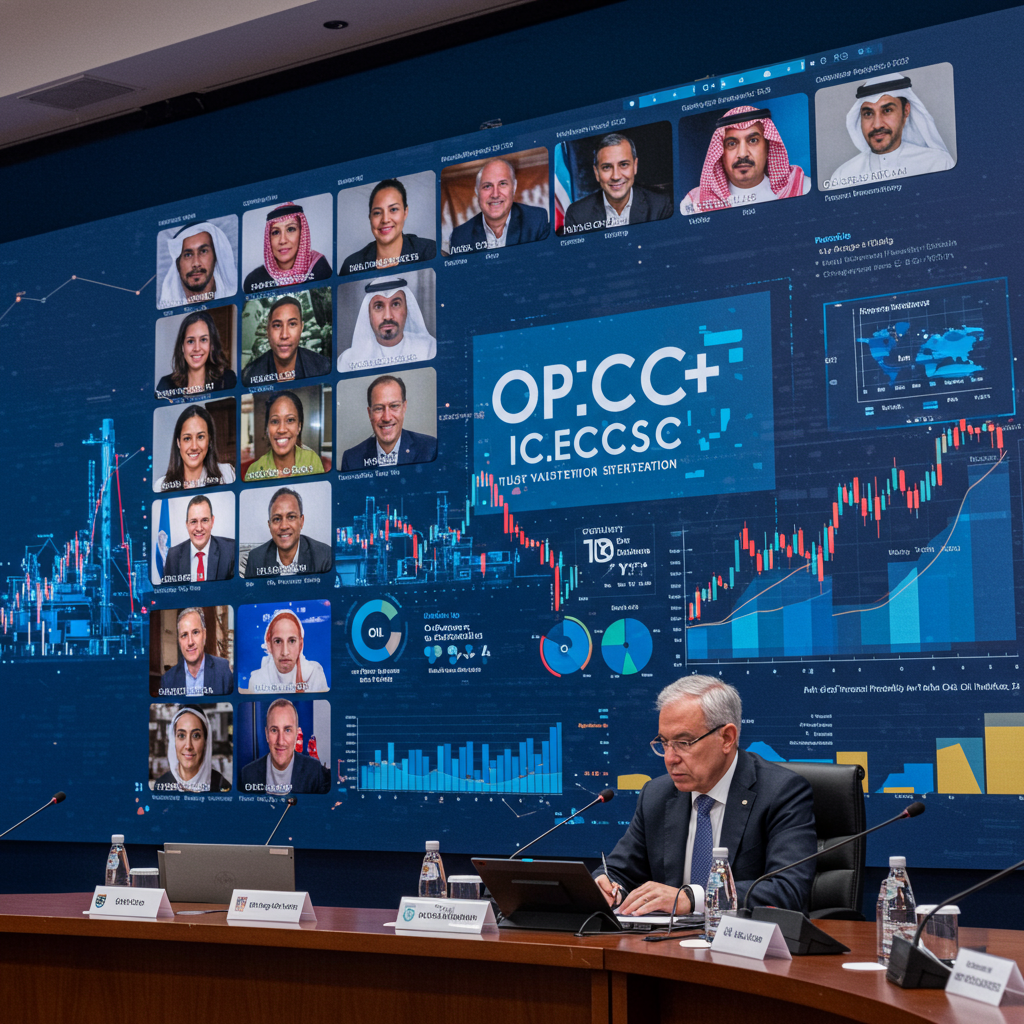Geopolitical tensions in the Middle East have intensified with the direct confrontation between Israel and Iran, moving beyond a long-standing “shadow war” to overt military hostility. This escalation, triggered partly by concerns over Iran’s nuclear program and subsequent retaliatory strikes, has thrust global financial markets into a period of significant uncertainty, placing investors in what some are calling “uncharted territory.”
Navigating markets during such volatile times requires a calm and strategic approach. Understanding the potential impacts and historical precedents can help investors manage risk and position their portfolios effectively.
How Markets Reacted to the Conflict
The immediate market reaction to the escalated conflict has been largely aligned with a classic “risk-off” sentiment. Global equities saw declines, reflecting investor caution. Major indices like the S&P 500 and Dow Jones experienced drops, mirroring similar dips in European and Asian markets.
One of the most pronounced impacts has been on the oil market. Brent crude surged significantly, seeing its sharpest rise since the Russia-Ukraine invasion, driven by fears of potential supply disruptions in the critical Middle East region. Market volatility, often measured by the VIX index (the “fear gauge”), also spiked considerably, crossing the threshold typically associated with increased anxiety.
Sector Winners and Losers
Geopolitical risk premiums create distinct opportunities and challenges across different sectors:
Potential Winners: Companies in the energy sector often benefit from rising oil and gas prices. Major defense contractors typically see increased interest. Cybersecurity stocks may also rise due to heightened fears of cyber warfare. Gold miners can see demand for gold as a traditional safe-haven asset increase.
Potential Losers: Airlines and travel-related stocks are often negatively impacted by rising fuel costs and perceived security risks, leading to declines for carriers like Delta and United Airlines.
Key Risks and Economic Threats
The most significant economic threat posed by the escalating conflict is the potential for it to reignite inflationary pressures, primarily through sustained high oil prices. Attacks on oil infrastructure can intensify these fears, leading analysts to predict further price increases, potentially pushing crude oil towards or even above $100 per barrel if tensions worsen.
A major focal point for concern is the Strait of Hormuz, a crucial maritime chokepoint through which a substantial portion of the world’s oil supply passes. Any disruption or blockade in this area, even temporary, could cause dramatic and rapid surges in global energy prices.
Sustained high energy costs could have ripple effects on global monetary policy. Central banks, such as the Federal Reserve and the European Central Bank, might be forced to delay or reconsider planned interest-rate cuts, maintaining higher rates for a longer period. This scenario would negatively impact stock valuations, particularly for growth-oriented technology stocks.
Economies heavily reliant on energy imports, especially in Asia and Europe, are particularly vulnerable to price shocks. Even the US, despite increased domestic production, would feel repercussions through interconnected global markets and inflationary pressures. Investors should closely monitor central bank communications and actions.
Strategies for Investors
Navigating geopolitical storms requires discipline and perspective. While initial market reactions can be severe, historical analysis of past crises (like the 1970s oil embargoes, 1991 Gulf War, or 2022 Russia-Ukraine invasion) shows that markets eventually stabilize and recover. Disciplined, long-term investors who avoid panic selling often emerge in a stronger position.
Here are some strategies investors can consider:
Stay Calm: Avoid impulsive decisions driven by short-term market swings. Panic selling can lock in losses.
Maintain a Defensive Tilt: Consider rebalancing your portfolio towards more resilient assets like gold, consumer staples, and healthcare stocks, which tend to perform better during economic uncertainty.
Utilize Systematic Investing: Methods like dollar-cost averaging (investing a fixed amount regularly, regardless of market fluctuations) can help reduce the risk of buying at market peaks and average out your purchase price over time.
Focus on Long-Term Goals: Remember your overall investment objectives and time horizon. Short-term volatility is a normal part of investing.
- Stay Informed: Closely monitor developments related to the conflict, oil prices, diplomatic efforts, and central bank responses.
- www.home.saxo
While geopolitical events undoubtedly introduce risks and volatility, a strategic, long-term approach focused on risk management and diversification remains key for investors navigating the current market environment.



